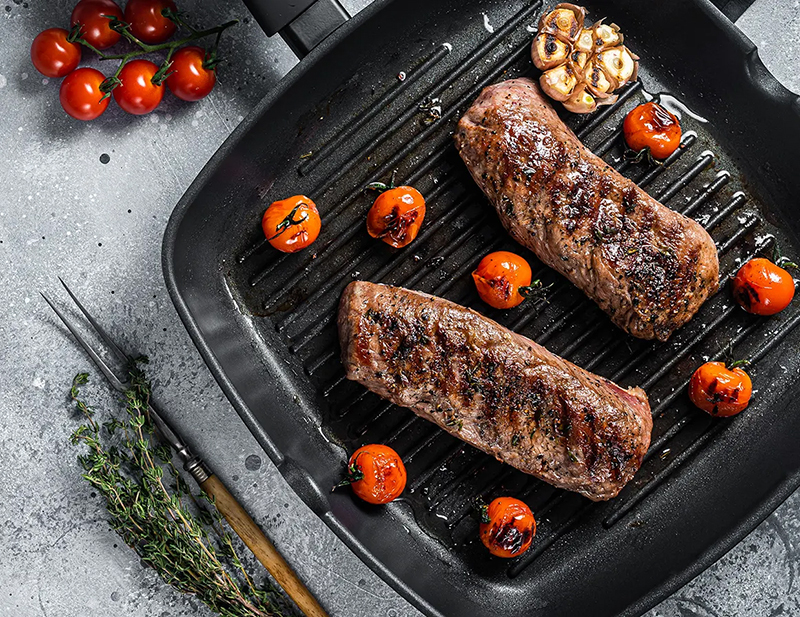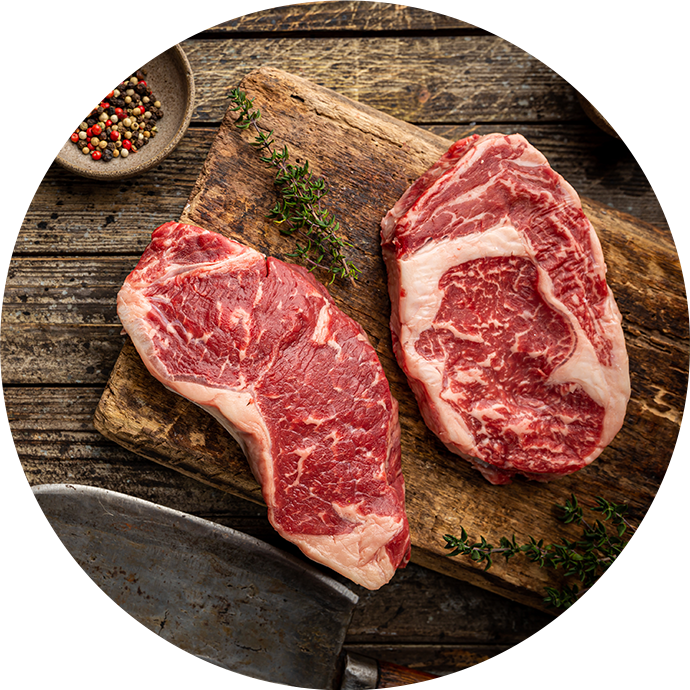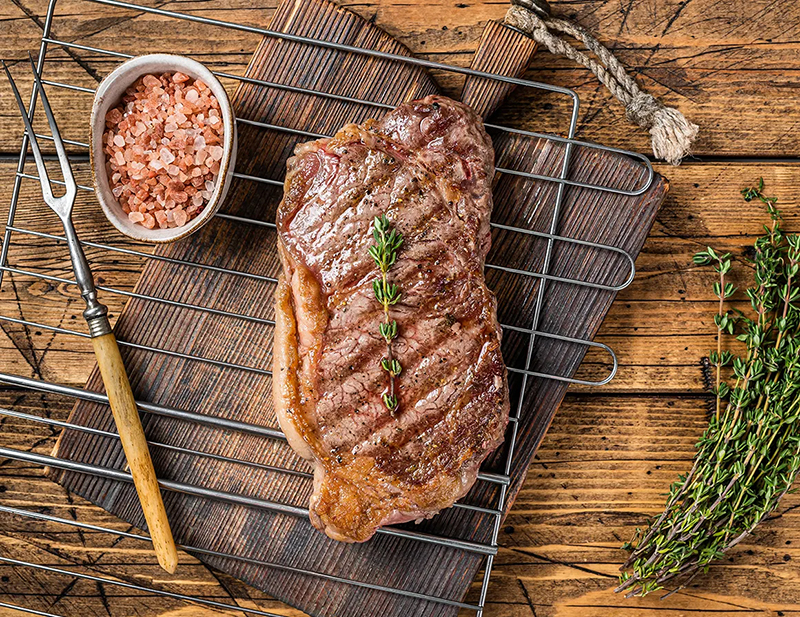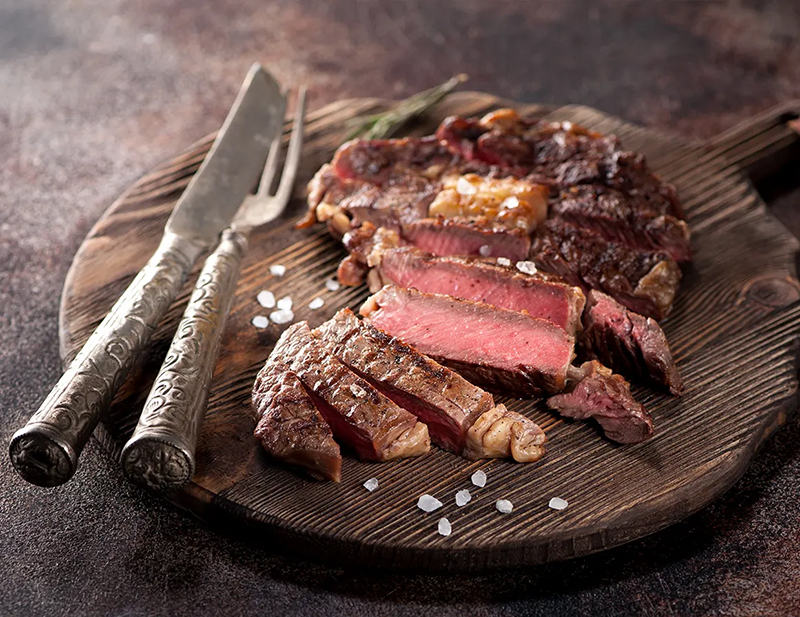Pilot Brands Lamb
Carefully selected free-range Pilot Brands lamb has a delicate, mild flavor that exemplifies the best qualities of grass-fed lamb.
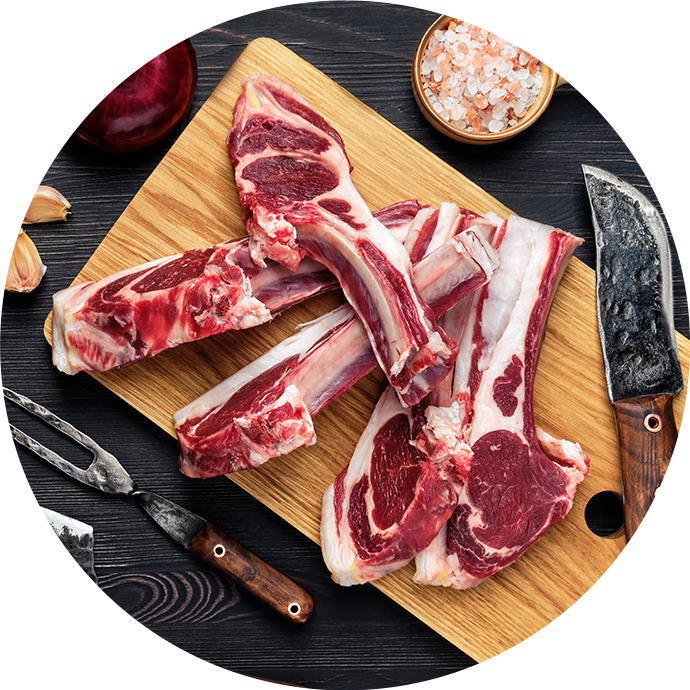
About our lamb cuts
Our reputation was forged on fine lamb and an enduring tradition of excellence. Carefully selected free-range Pilot Brands lamb is trimmed with an unmatched attention to detail. Aged for guaranteed tenderness and then quick-frozen to seal in its natural succulence, Pilot Brands lamb has a delicate, mild flavor that exemplifies the best qualities of grass-fed lamb.
Superb lamb lends itself to variety and ours is sure to stimulate your imagination. Our delicious free-range, grass-fed lamb selection provides a diversity of cuts to suit the individual artistry of your kitchen. With a quality that will inspire you, our Pilot Brands invites your individual take on this classic grass-fed lamb.
Grass-fed lamb is lower in calories, cholesterol, and saturated fats than grain-fed lamb and is high in:
- Omega-3 fatty acids
- Vitamin C
- Vitamin E
- Conjugated linoleic acid (CLA)
- Protein

